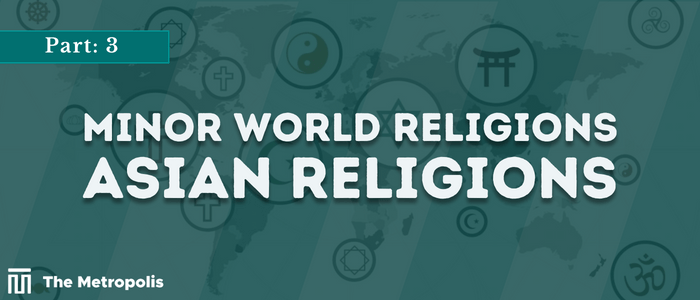Anjum Anam –
In the study of religion, the five largest and most widely practiced religious movements — Hinduism, Buddhism, Judaism, Christianity, and Islam — are grouped under the heading of “world religion”. Other world religions including Taoism, Jainism, Sikhism, Zoroastrianism, and the Baháʼí Faith are also included in this group by some academics. These are frequently compared to other classifications by academics, like indigenous religions and new religious movements. These religions are essentially considered minor ones.
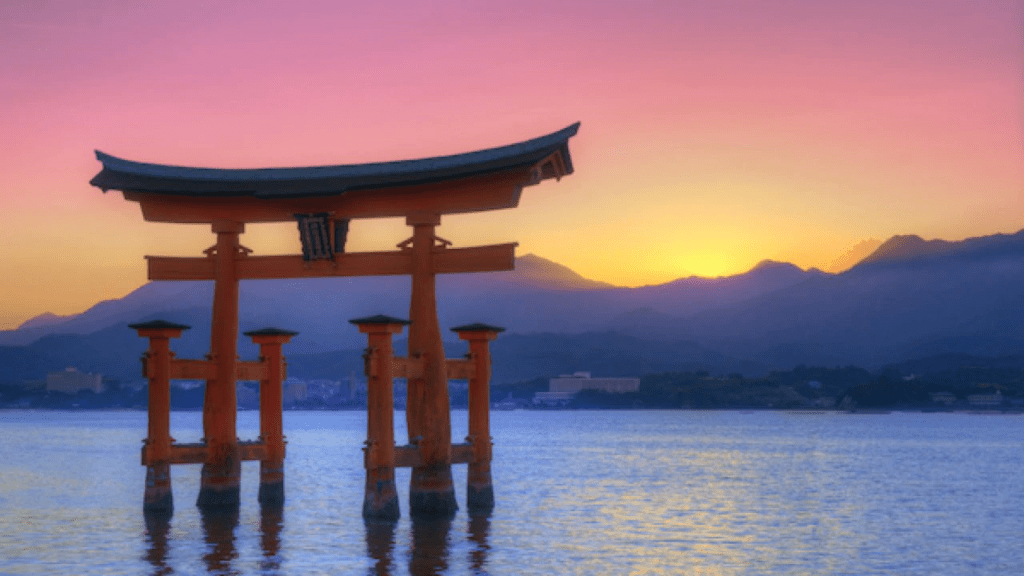
Shinto
The native religion of the Japanese people is called Shinto, which translates to “the way of the gods” and is as old as Japan itself. Along with Buddhism, it is still the dominant religion in Japan.
There is no creator for Shinto, and there are no holy texts like the sutras or the Bible. Due to Shinto’s strong cultural and linguistic ties to the Japanese people and their traditions, propaganda, and preaching are also uncommon.
“Shinto gods” are called kami. They are holy spirits that resemble elements and ideas vital to existence, such as wind, rain, mountains, forests, rivers, and fertility. After passing away, humans turn into kami and are cherished by their families as ancestral kami. Even the kami of outstanding individuals are revered at some shrines. Amaterasu is regarded as Shinto’s Sun Goddess.
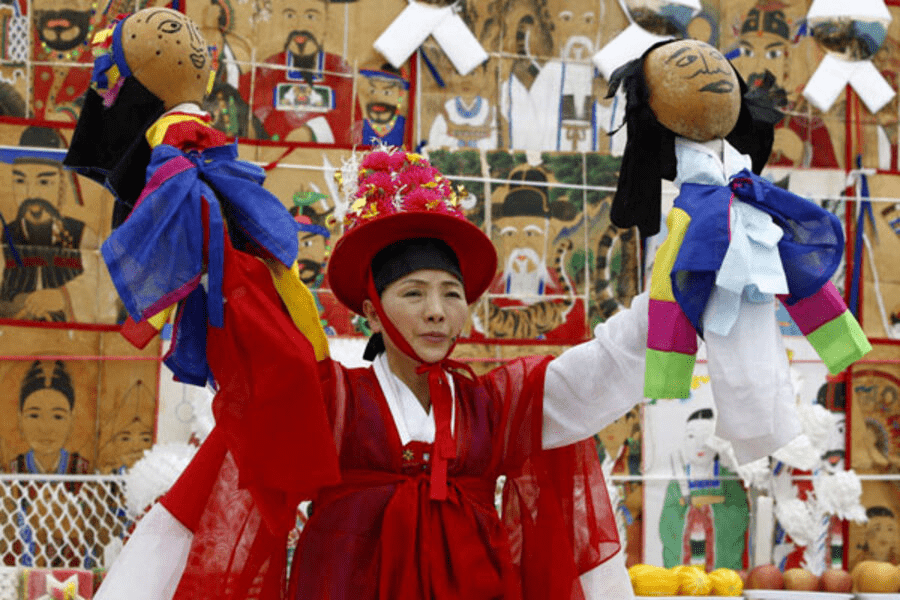
Mugyo
Mugyo (religion of Mu), also known as Korean shamanism or Shinism — the Korean word for this religion, shin, is a translation of the Chinese word shen — is an ancient faith that originated in Korea and holds that there is a spirit world populated by gods, spirits, and ghosts.
As a historic form of animistic religion, Mugyo is founded on the idea that many gods keep an eye on both human concerns and the rest of creation. It came first on the Korean Peninsula, preceding other imported religions like Buddhism, Confucianism, and Christianity.
Mugyo as a religion has waned since the Korean War, but it is still so deeply ingrained in Korean society that many of its customs are still practiced in large parts of Mugyo, which is frequently associated with Confucian ideas.
Numerous myths and legends are describing the origin of the “Creation,” however nowadays, most of them are only traditional tales told to young children. It is hardly unexpected that the majority of Mugyo is more superstition than religious from the outside looking in. Shintoism and it are frequently mixed up.
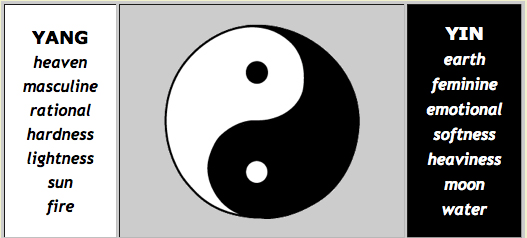
Taoism
Daoism — also called Taoism — has influenced Chinese culture through indigenous religio-philosophical tradition for more than 2,000 years. In its broadest sense, a Daoist outlook on life can be observed in the welcoming and yielding, happy and carefree parts of the Chinese character.
The Tao Te Ching, the primary text of Taoism, was authored by the philosopher Lao Tzu in approximately 500 BCE. According to Taoism, both people and animals should coexist in harmony with the Tao, or the universe. Taoists think that after death, the spirit of the body merges with the universe, therefore granting them spiritual immortality.
Although the Tao (or Dao) is difficult to define, it is occasionally thought of as the universe’s natural order. According to Taoism, all living things should coexist peacefully with the universe and the energy that exists within it. The energy that permeates and governs everything in the universe is known as Ch’i or qi.
The Tao Te Ching and other Taoist works offer instructions on how to behave and do spiritual practices that are in tune with this energy. Taoists, however, do not regard this energy as a deity. Instead, the Taoist religion includes gods that were frequently imported from the many cultures located in what is now known as China. These deities, like all living beings, are a part of the Tao.
The belief in opposing forces, sometimes known as yin and yang, is one of the central concepts of Taoism. These concepts stand for complementary pairs that function as a single, all-encompassing whole, such as light and dark, heat and cold, motion and inaction. Yin and yang demonstrate how the cosmos is interconnected and that nothing is comprehensible on its own.
As the official religion of the Tang dynasty, Taoism rose to prominence in the 8th century C.E. It coexisted with Buddhism and Confucianism (another philosophical religion) in the centuries that followed. However, Taoism, Confucianism, and other religions were outlawed after the Communist takeover in 1949. As a result, Taoism was less frequently practiced in China. Although recent reforms in China have boosted the number of Chinese Taoists, most modern Taoists reside in Taiwan.
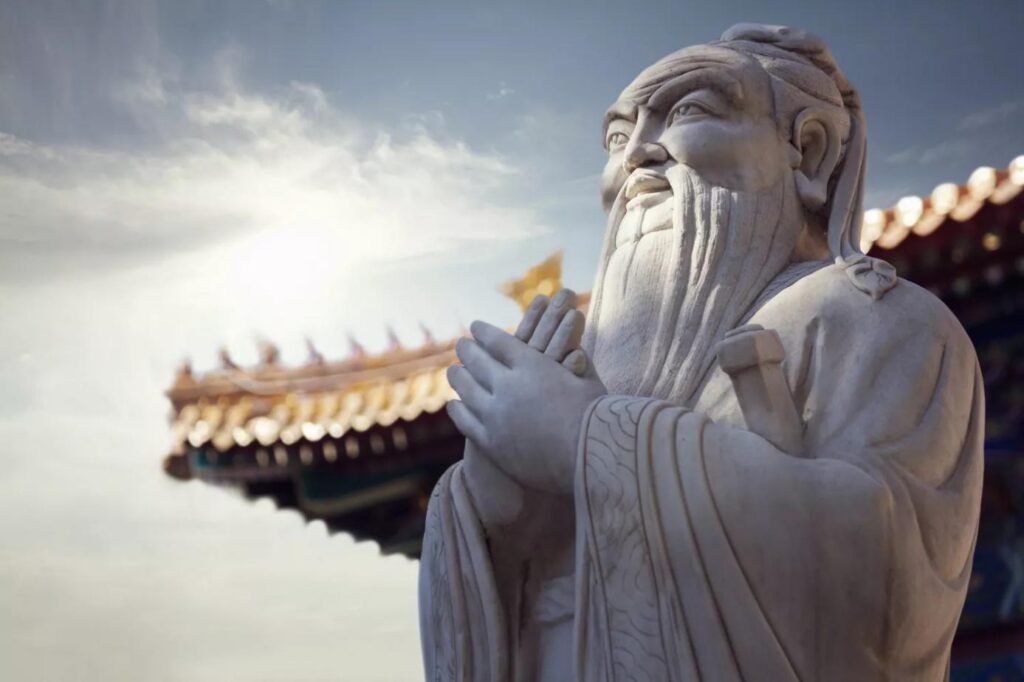
Confucianism
Confucianism is a philosophy that originated in China in the sixth century BCE. It is viewed as a religion by some, a secular-humanist belief system by others, and a social code by still others. Depending on the elements one concentrates on, the wide variety of topics covered by Confucianism lends itself to all three of these interpretations.
The philosophy is based on the idea that although people are generally good, they sometimes act immorally because they lack a strong moral code. By adhering to an ethical code and engaging in rituals that support it, one can live a productive life of peace that will eventually lead to a strong, moral, and prosperous state.
Confucius, a Chinese philosopher of the Spring and Autumn Period (about 772-476 BCE), established it. Confucius is regarded as one of the greatest thinkers of the Hundred Schools of Thought, a term that refers to the time between the Spring and Autumn Period and the Warring States Period (c. 481-221 BCE) when many philosophical schools competed for followers. He is without a doubt the most important philosopher in Chinese history, whose ideas have shaped Chinese culture for more than 2,000 years.
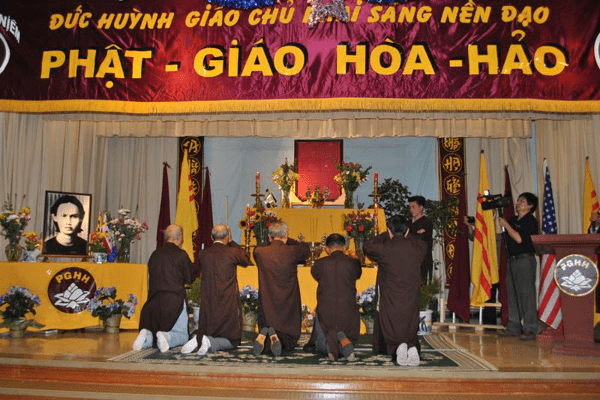
Hoahaoism
One of Vietnam’s six official religions is Hoa Hao. It was outlawed for 25 years before it was finally given official recognition in 1999. The Hoa Hao is a reformist Buddhist institution that was founded in the southern Vietnamese Mekong Delta in the late 1930s.
The religion places a strong focus on individual faith and straightforward worship; as a result, there are no designated locations of worship. Before the reunification in 1975, the Hoa Hao had a strong political component and its armed militias, like other religious movements in South Viet Nam.
Since the purported execution of hundreds of Hoa Hao adherents by the Viet Minh in September 1945 and, more specifically, the claimed death of Huynh Phu So, the church’s founder, by the communists in April 1947, relations with the Vietnamese communists have been tense.
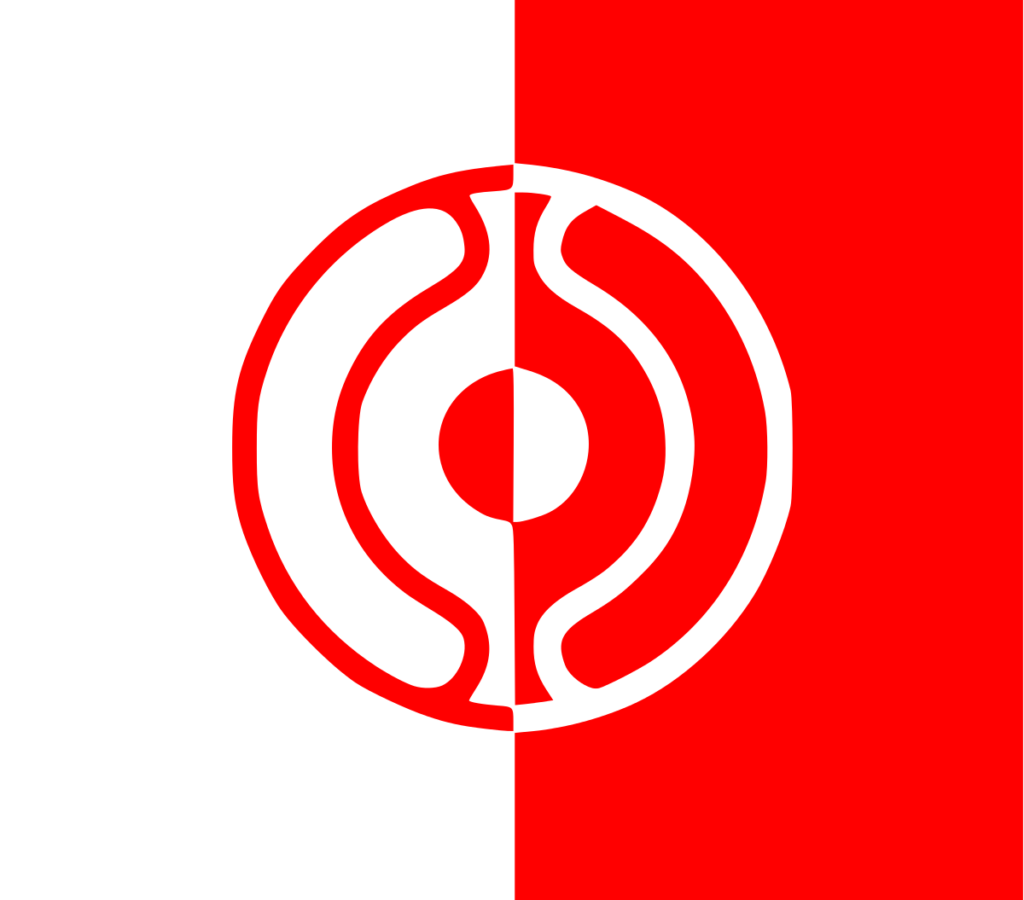
Cheondoism
Cheondoism, also known as Chondoism, is a relatively young religious movement that surfaced in Korea during the 1900s. Its roots can be seen in the Donghak movement of the 1860s, which emphasized Eastern study as a means of defying Western learning.
This religion’s adherents hold that a God who is present in everything created all life. The pinnacle of goodness, Heaven, is also compared to this God-like quality present in all living things. The commandments are found in the word of the Hanulnim (the Master Heaven within all living things), which is the name of the sacred scripture known as the Great Sacred Scripture. Followings hold that this worldly existence may be transformed into a paradise and that bettering oneself leads one closer to Heaven. Over time, the religion has incorporated some fundamental concepts from Christianity, Buddhism, and Taoism.
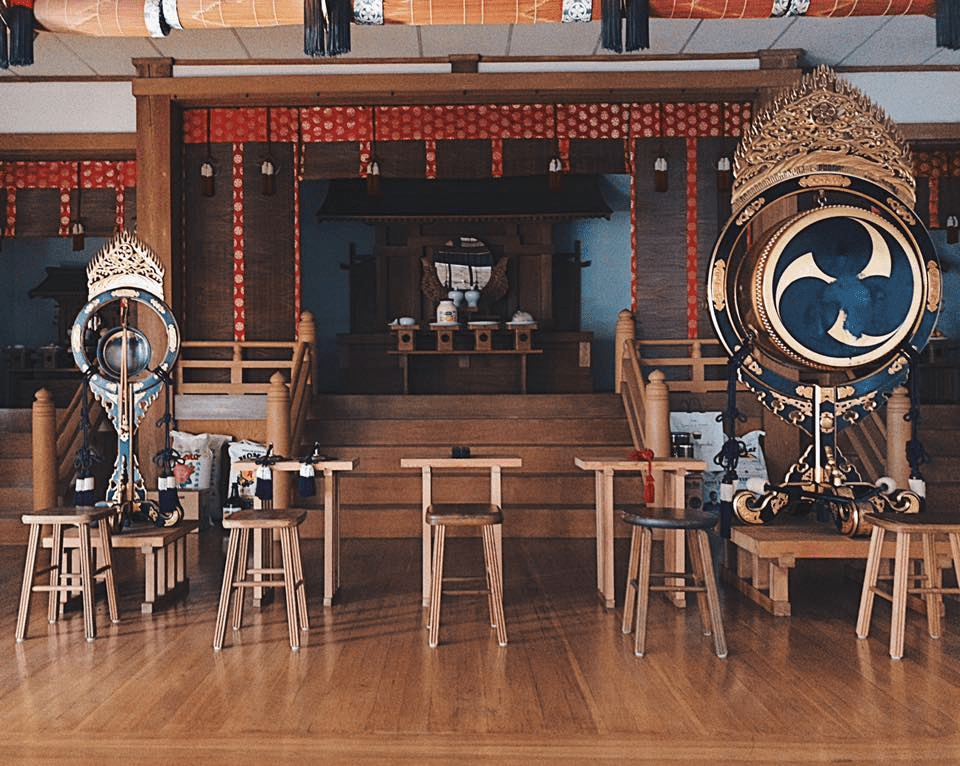
Tenrikyo
Japanese religion Tenrikyo was established in the 19th century, around 1838. Nakayama Miki, a destitute farmer’s wife, was the originator. Even though its adherents do not identify as Shinto, it has been regarded as a Shinto sect since 1908.
According to legend, the teachings of Tenrikyo are direct revelations from God the Parent, who longs to save all people and grant them the ability to experience Joyful Life. Along with creating the planet and people, God is also the source of all life and the sustainer of all things. The term “God the Parent” is used by followers to describe God in the sense that He is the First Parent of Humans and is praised as Tenri-O-no-Mikoto in prayer. Tenrikyo asserted that “the universe is the body of God”. Thus, it is said that God the Parent’s works are all around us on the earth.
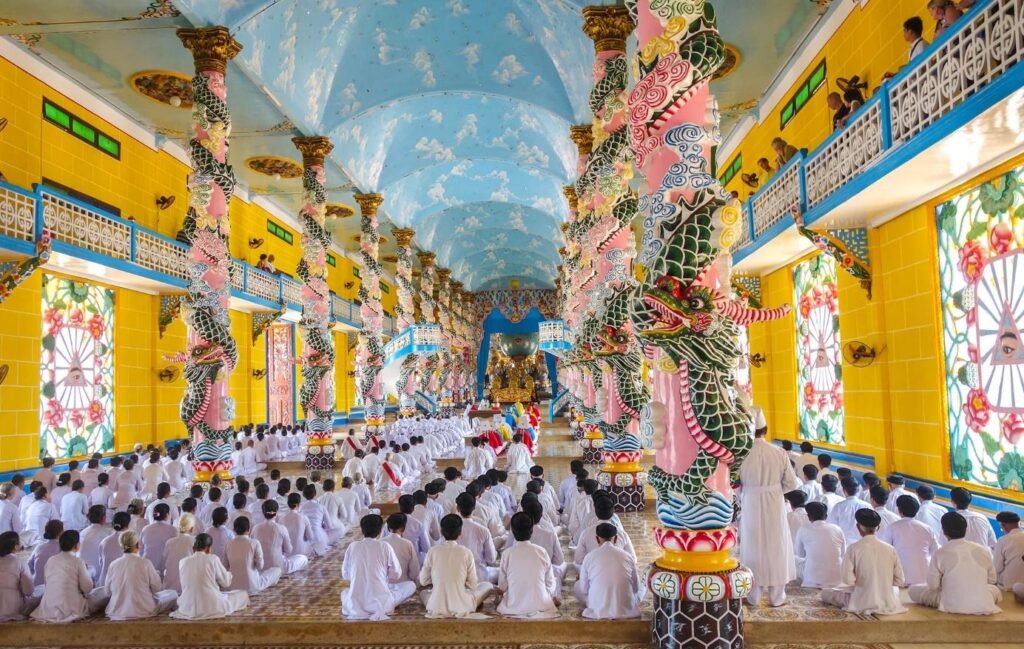
Cao Dai
Cao Dai is a syncretistic modern religious movement in Vietnam with a highly nationalist political bent. Its name means “High Tower”, which is a title for the ultimate god.
Cao Dai borrows hierarchical structures (including a pope) from Roman Catholicism, occult rituals from Taoism, doctrines of karma and reincarnation from Buddhism, and ethical principles from Confucianism. The Buddha, Confucius, Jesus Christ, Muhammad, Pericles, Julius Caesar, Joan of Arc, Victor Hugo, and Sun Yat-sen are just a few of the various figures in its pantheon of saints.
On the exteriors of the sect’s temples, the Cao Dai representation of God is an eye in a triangle. The hierarchy of the religion, which includes a pope, cardinals, and archbishops, is modeled after that of Roman Catholicism. Extensive festivals and ceremonies are part of worship.
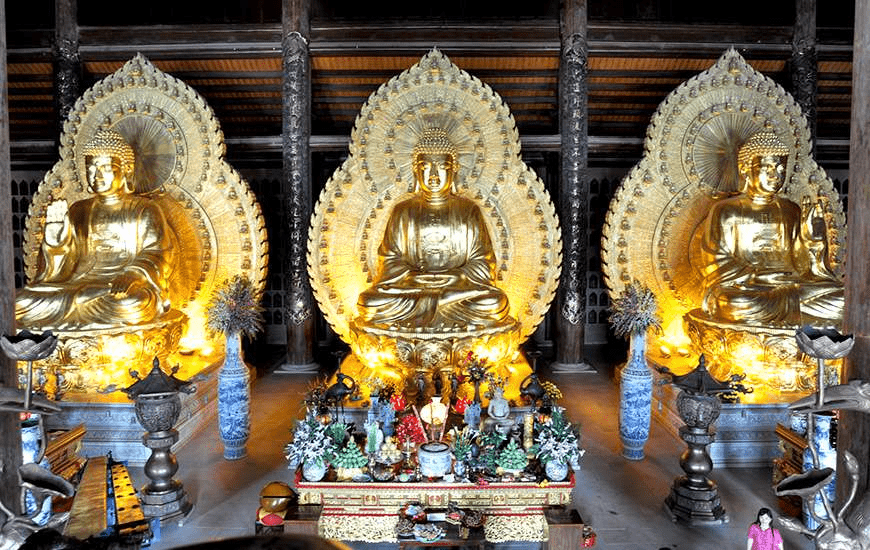
Đạo Lương
Đạo Lương is the ethnic religion of the Vietnamese people. In Vietnam, this religion is practiced by about 86 percent of the population. Vietnamese folk religion is not an organized religious system but rather a collection of regional forms of worship of the thần, which can be translated as “spirits”, “gods”, or, more precisely, “generative powers”.
These deities may be nature deities, tutelary deities of a nation, a group of people, or a particular family, as well as ancestor gods. Often, heroic people are deified as ancestor gods. Vietnamese mythology has narratives that describe the deeds of numerous cosmic gods and cultural figures.

Tengrism
Tengrism is an ancient religion that is still practiced today in central Asia. The religion consists of shamanism, monotheism, and ancestor worship. It is based on the notion that Tengri, who is the fertile earth spirit and the eternal blue-sky spirit, provides for every human being on the planet. The holy spirit of the sky, who created the entire universe and everything in it, is thought to be the supernatural monarch.
Since there are efforts to restore it after years of decline, Tengrism is still practiced in central Asian states including Kazakhstan, Kyrgyzstan, Mongolia, and the Turkic republics in Siberia. Tengrism has a long history because it was a major religion in Central Asia.
The religion was brought to Eastern Europe by the Huns and Bulgars who immediately propagated it in that area. Tengrism was no longer relevant once the Uighuric Khans took control since Manicheism had been elevated to the status of the state religion. This religion was also established by Genghis Khan in the conquered countries and the Mongol empires. However, his offspring converted to Islam, and Tengrism was forced to contend with Islam. At one time, as the Muslims attempted to impose their ideas on the Tengrism adherents, this rivalry descended into violent altercations.



